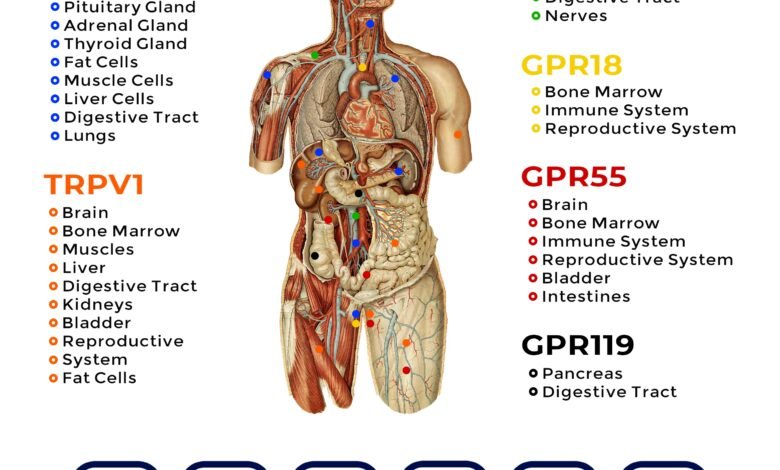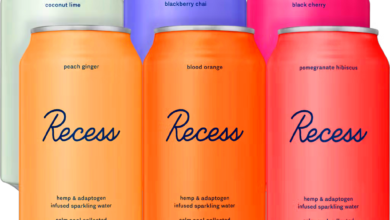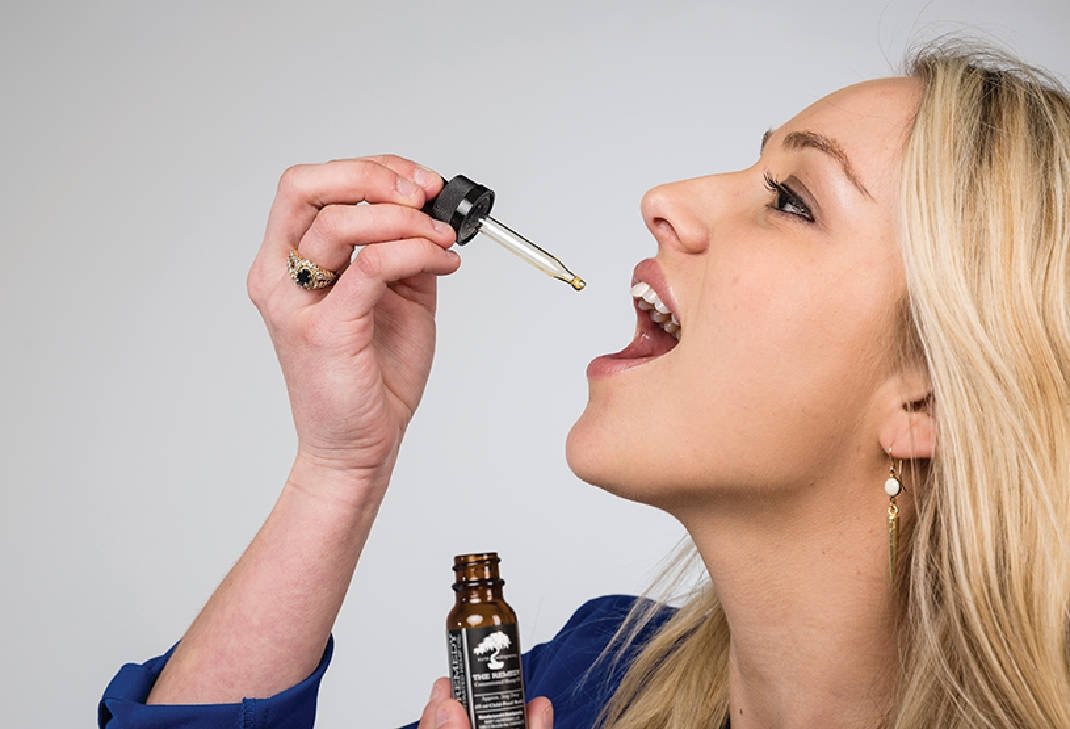CBD – The Part 2 of Endocannabinoid System Series
It's time to get into the scientific details of CBD

It’s time to get into the scientific details of CBD Endocannabinoid System Series, so get ready! Don’t worry if you don’t understand everything right away; we are traveling this path together. This endocannabinoid series is designed to give you confidence on the scientific basis of cannabidiol (CBD).

The body possesses a variety of receptors to support the Endocannabinoid System Series, as was covered in the last blog post in the Endocannabinoid System Series series. These receptors function as cannabinoid landing docks.
The field of cannabidiol, or CBD, has seen tremendous growth in popularity recently, particularly with the expansion of scientific knowledge on the endocannabinoid system (ECS). This piece, which is the second in our series on the ECS, focuses on the general function that CBD plays in human health as well as how it interacts with this intricate system.
We refer to these receptors as CB1 and CB2. All things considered, the receptors are referred to as GPCR receptors, and they help cells absorb information. They are widely distributed throughout the body and can be found on the surfaces of cells.
Their stated function explains why they are present on the cellular surface. These receptors’ surface location enables them to detect signals from sources outside of the cell, such as other organs or organ systems.
This system’s entire purpose is to sense organ function and then work with endocannabinoids to adjust organ function as necessary. Anandamide and 2-AG are two endocannabinoids that the ECS generates on its own.
They consist of fats. Our endocannabinoids interact with the CB1 and 2 receptors. Enzymes called FAAH and MAGL break down lipids when they interact. Each one breaks down a particular endocannabinoid. [FAAH breaks down anandamide, whereas MAGL breaks down 2-AG.]
When endocannabinoids and cellular enzymes come into contact, the endocannabinoids are rapidly broken down. This indicates that the body is fast losing the cannabinoids it has created, which may lead to a general decline in endocannabinoids.
An proper amount of endocannabinoids aids in internal equilibrium, which is necessary to maintain good organ function and general health. This is when lifestyle variables like CBD come into play. Our bodies ought to be replenishing their supply of cannabinoids through external means.
Although hemp is the most plentiful source of cannabinoids, we may consume a variety of foods high in cannabinoids, such as sprouts, broccoli, kale, walnuts, hemp seeds and oil, flax and chia seeds, and walnuts! To sufficiently nourish the body,
We would require a lot of meals high in cannabinoids. Given the circumstances, it makes sense to use CBD, which has the highest potency and requires only a tiny quantity to be taken daily. This is not to say that you should limit your intake to CBD. The hemp plant contains a variety of Phyto cannabinoids that the body needs.
It is essential to take CBN, CBG, and other cannabinoids in addition to CBD because of this. Utilizing broad spectrum products that include a variety of Phyto cannabinoids is the most effective approach to do this. Even products that mix CBD, CBG, and CBN are available.
Read More : CBD – The Part 1 of Endocannabinoid System Series
Part 2 of the ECS series is now complete. We’ll see you back here for part 3 of the next installment, so take your time trying to figure it all out. As usual, don’t be afraid to ask any questions that come up!
Conclusion :
The “CBD Endocannabinoid System Series” elucidates the complex relationship that exists between the endocannabinoid system and CBD, demonstrating the ways in which this organic substance functions inside the body to foster equilibrium and overall health. We can better appreciate CBD’s potential health advantages by comprehending this link, which range from stress management to general health support. For anybody interested in learning more about the science underlying CBD and how it might improve everyday life, this series is an invaluable resource.





